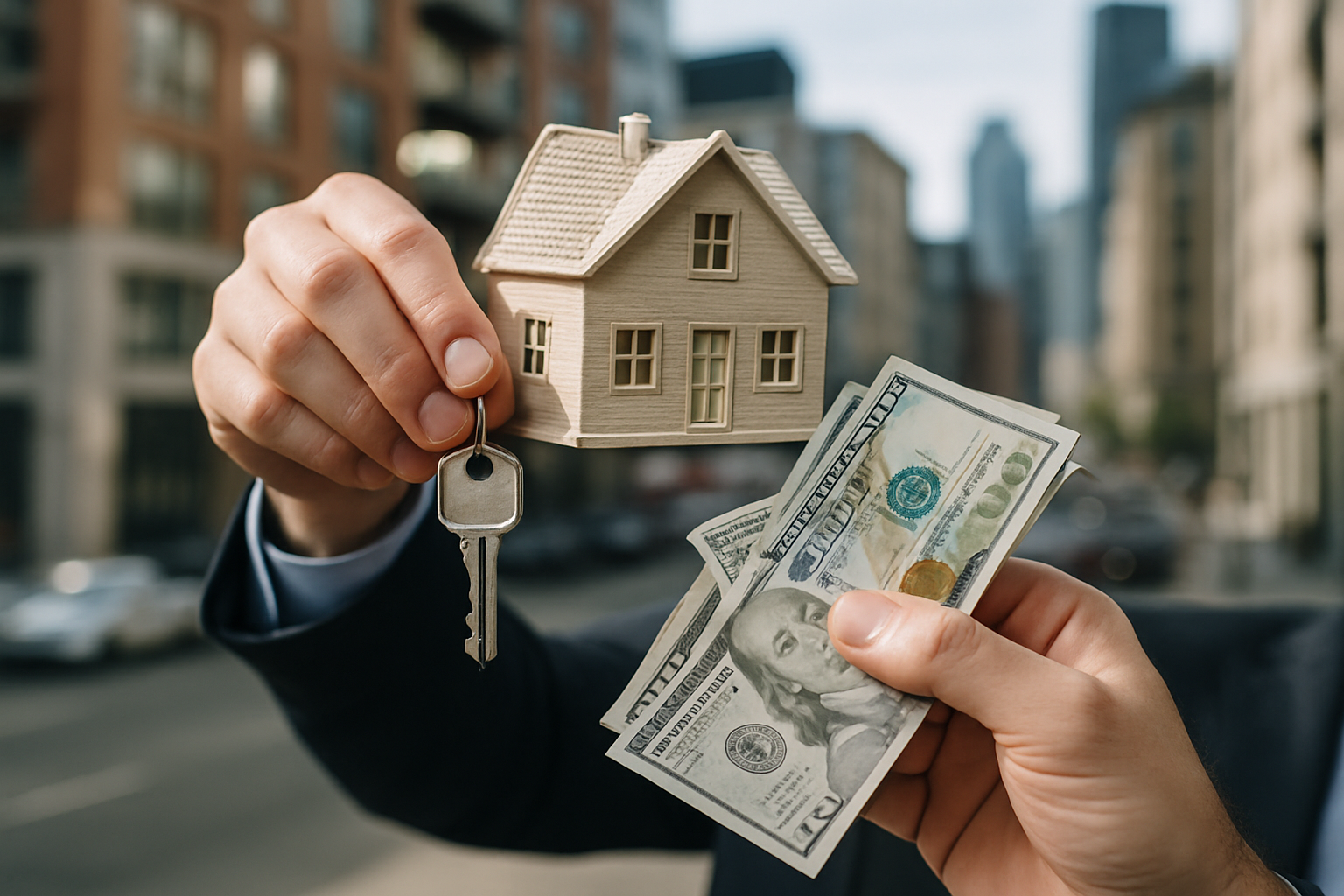Bank-Owned Properties and What You Should Know About Them
Bank-owned properties, also known as Real Estate Owned (REO) properties, represent homes that have completed the foreclosure process and are now owned by the lending institution. These properties offer unique opportunities for buyers seeking below-market prices, but they also come with distinct challenges and considerations that every potential purchaser should understand before making an investment decision.

What Are Bank-Owned Properties?
Bank-owned properties are homes that have gone through the complete foreclosure process. When homeowners default on their mortgage payments and the property fails to sell at a foreclosure auction, ownership transfers to the lending institution. Unlike properties in pre-foreclosure or those being auctioned, bank-owned properties have clear titles and can be purchased through traditional real estate transactions. Banks typically want to sell these properties quickly to recover their losses and remove them from their books, making them potentially attractive investments for buyers.
How Foreclosed Homes Differ from Regular Sales
Foreclosed homes operate under different rules compared to traditional real estate transactions. Banks selling these properties are motivated sellers who want to minimize their losses, but they typically sell properties “as-is” without making repairs or improvements. This means buyers cannot negotiate for repairs or expect the bank to fix issues discovered during inspections. Additionally, banks may have limited knowledge about the property’s history or condition since they never lived in the home. The buying process may also take longer due to bank bureaucracy and decision-making processes that differ from individual sellers.
Understanding Foreclosed Homes Prices
Pricing for foreclosed homes varies significantly based on location, condition, and market demand. Generally, bank-owned properties are priced below market value to encourage quick sales, with discounts ranging from 10% to 40% below comparable properties. However, buyers must factor in potential repair costs, which can be substantial if the property was vacant for extended periods or if previous owners neglected maintenance. Banks typically use automated valuation models and comparative market analyses to set initial prices, but they may be willing to negotiate, especially if the property has been on the market for several months. Market conditions, local inventory levels, and the property’s condition all influence final pricing strategies.
Advantages and Disadvantages of Bank-Owned Properties
Bank-owned properties offer several advantages, including potentially lower purchase prices, clear titles, and the ability to conduct inspections before buying. Banks are also motivated sellers who may be flexible on closing timelines and certain terms. However, these properties come with notable disadvantages. Most are sold as-is, meaning buyers assume responsibility for all repairs and issues. Properties may have been neglected or vandalized during vacancy periods, leading to unexpected repair costs. Additionally, banks may be less flexible on price negotiations early in the listing period, and the bureaucratic approval process can slow down transactions.
The Buying Process for Foreclosed Properties
Purchasing bank-owned properties involves working with real estate agents who specialize in foreclosures or directly with the bank’s asset management companies. Buyers should obtain pre-approval for financing before making offers, as banks prefer qualified buyers who can close quickly. Professional inspections are crucial, even though repairs cannot be negotiated. Buyers should also research the property’s history, neighborhood conditions, and potential repair costs. Multiple offers are common for attractively priced properties, so buyers may need to submit their best offer initially rather than expecting extensive negotiations.
Cost Analysis and Market Comparison
Understanding the true cost of foreclosed homes requires analyzing both purchase prices and potential additional expenses. While initial prices may appear attractive, buyers must budget for repairs, maintenance, and potential code violations that could add thousands to the total investment.
| Property Type | Average Discount | Typical Repair Costs | Total Investment Range |
|---|---|---|---|
| Bank-Owned REO | 15-25% below market | $5,000-$25,000 | 5-15% below market |
| Auction Foreclosure | 20-40% below market | $10,000-$50,000 | Market value or above |
| Short Sale | 5-15% below market | $2,000-$10,000 | 3-10% below market |
| Traditional Sale | Market value | $1,000-$5,000 | Market value |
Prices, rates, or cost estimates mentioned in this article are based on the latest available information but may change over time. Independent research is advised before making financial decisions.
Making an Informed Decision
Successfully purchasing bank-owned properties requires thorough research, adequate financing, and realistic expectations about potential challenges. Buyers should work with experienced real estate professionals, conduct comprehensive property inspections, and maintain sufficient reserves for unexpected repairs. While these properties can offer excellent investment opportunities, they require more due diligence than traditional home purchases. Understanding local market conditions, property values, and repair costs helps ensure that the apparent savings from discounted purchase prices translate into genuine financial benefits after accounting for all associated expenses and potential risks.




